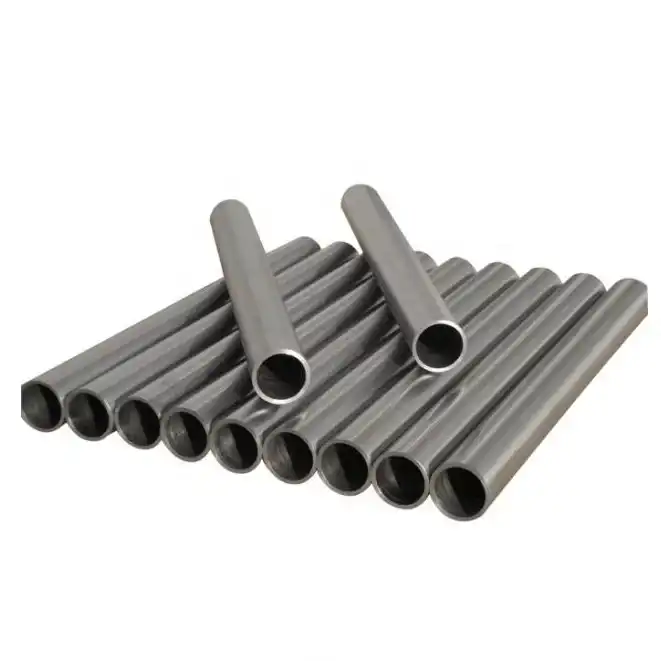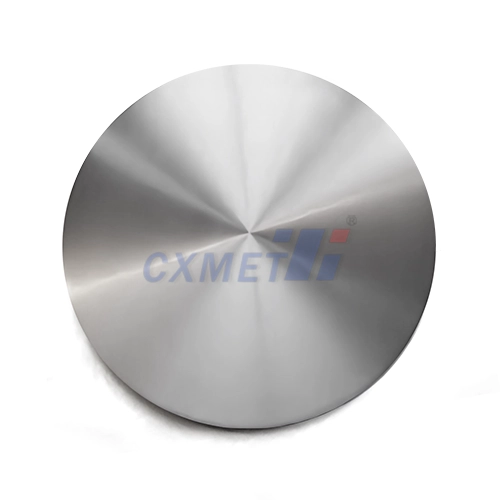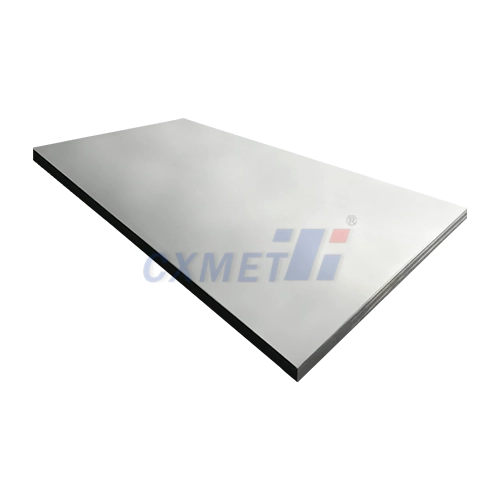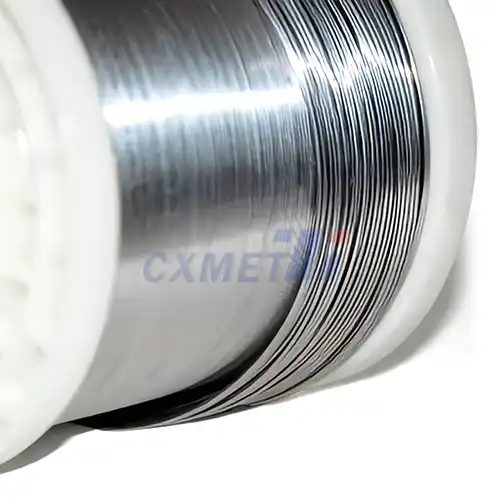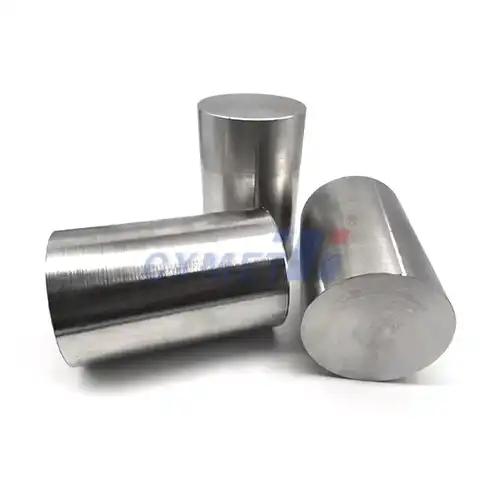- English
- French
- German
- Portuguese
- Spanish
- Russian
- Japanese
- Korean
- Arabic
- Greek
- German
- Turkish
- Italian
- Danish
- Romanian
- Indonesian
- Czech
- Afrikaans
- Swedish
- Polish
- Basque
- Catalan
- Esperanto
- Hindi
- Lao
- Albanian
- Amharic
- Armenian
- Azerbaijani
- Belarusian
- Bengali
- Bosnian
- Bulgarian
- Cebuano
- Chichewa
- Corsican
- Croatian
- Dutch
- Estonian
- Filipino
- Finnish
- Frisian
- Galician
- Georgian
- Gujarati
- Haitian
- Hausa
- Hawaiian
- Hebrew
- Hmong
- Hungarian
- Icelandic
- Igbo
- Javanese
- Kannada
- Kazakh
- Khmer
- Kurdish
- Kyrgyz
- Latin
- Latvian
- Lithuanian
- Luxembou..
- Macedonian
- Malagasy
- Malay
- Malayalam
- Maltese
- Maori
- Marathi
- Mongolian
- Burmese
- Nepali
- Norwegian
- Pashto
- Persian
- Punjabi
- Serbian
- Sesotho
- Sinhala
- Slovak
- Slovenian
- Somali
- Samoan
- Scots Gaelic
- Shona
- Sindhi
- Sundanese
- Swahili
- Tajik
- Tamil
- Telugu
- Thai
- Ukrainian
- Urdu
- Uzbek
- Vietnamese
- Welsh
- Xhosa
- Yiddish
- Yoruba
- Zulu
What are the Applications of Molybdenum Crucibles?
2024-08-21 17:24:03
Molybdenum crucibles have long been recognized for their exceptional properties that make them invaluable in a wide range of high-temperature applications. These crucibles, crafted from the refractory metal molybdenum, offer a unique combination of thermal stability, corrosion resistance, and mechanical strength that set them apart from traditional ceramic or metallic alternatives. As the demand for advanced materials and precise experimental procedures continues to grow, the applications of molybdenum crucibles have expanded significantly, making them an indispensable tool in various industries and research settings.
What Makes Molybdenum Crucibles Unique in High-Temperature Applications?
Molybdenum crucibles are designed to withstand the most demanding high-temperature environments, making them ideal for a variety of applications that require exceptional thermal stability and durability. One of the key features that sets molybdenum crucibles apart is their exceptional melting point, which ranges from 2,610°C to 2,896°C, depending on the purity and alloying composition. This extraordinarily high melting point allows molybdenum crucibles to maintain their structural integrity and resist deformation even at the highest temperatures encountered in industrial processes or scientific experiments.
In addition to their exceptional thermal stability, molybdenum crucibles are also highly resistant to chemical corrosion, making them suitable for use in environments with aggressive or corrosive substances. This property is particularly important in applications such as metal smelting, glass manufacturing, and the synthesis of advanced ceramics, where the crucibles must withstand exposure to molten metals, aggressive fluxes, or corrosive reaction products.
Moreover, molybdenum crucibles possess excellent mechanical strength, which enables them to withstand the significant thermal and mechanical stresses encountered in high-temperature processes. This robust construction allows molybdenum crucibles to maintain their shape and structural integrity even under the most demanding conditions, ensuring consistent and reliable performance throughout the duration of the process.
One of the key advantages of molybdenum crucibles is their ability to maintain temperature uniformity and control within the crucible, which is crucial for achieving precise and consistent results in a wide range of applications. The high thermal conductivity of molybdenum allows for efficient heat transfer, ensuring that the contents of the crucible are heated evenly and minimizing the formation of hot spots or temperature gradients.
Furthermore, molybdenum crucibles are highly resistant to thermal shock, a property that becomes particularly important in applications where the crucibles are subjected to rapid temperature changes or thermal cycling. This attribute enables molybdenum crucibles to withstand the stresses associated with sudden temperature fluctuations, reducing the risk of cracking or failure and increasing the overall lifespan of the equipment.
In summary, the unique combination of thermal stability, chemical resistance, mechanical strength, and thermal conductivity makes molybdenum crucibles an exceptional choice for a wide range of high-temperature applications, from industrial processes to cutting-edge scientific research.
How Do Molybdenum Crucibles Contribute to Advanced Material Processing?
Molybdenum crucibles play a pivotal role in the processing and development of advanced materials, enabling researchers and manufacturers to push the boundaries of material science and engineering. These versatile crucibles are employed in a variety of applications, each leveraging their unique properties to achieve specific goals.
One of the primary applications of molybdenum crucibles is in the production of high-purity metals and alloys. The exceptional thermal stability of these crucibles allows for the melting and casting of materials with extremely high melting points, such as titanium, tantalum, and tungsten, which are essential components in various high-performance applications, from aerospace engineering to medical implants.
The corrosion resistance of molybdenum crucibles is particularly valuable in the synthesis of advanced ceramics, where the crucibles must withstand exposure to aggressive fluxes, molten salts, and other corrosive reaction environments. This property enables the production of complex ceramic materials, including advanced structural ceramics, piezoelectric materials, and high-temperature superconductors, which are crucial in industries ranging from electronics to energy generation.
In the field of glass manufacturing, molybdenum crucibles play a crucial role in the production of specialty and high-performance glass formulations. These crucibles can withstand the extreme temperatures and corrosive environments associated with the melting and refining of specialized glass compositions, such as those used in optical fibers, display panels, and advanced glass-ceramic materials.
Beyond their applications in materials processing, molybdenum crucibles are also widely employed in the field of materials research and development. In scientific laboratories, these crucibles are used for a variety of experimental procedures, including the synthesis of novel materials, the study of phase transformations, and the evaluation of material properties under extreme conditions.
The thermal stability and chemical inertness of molybdenum crucibles make them ideal for the growth of high-quality single crystals, a critical process in the development of advanced electronic and photonic devices. These crucibles can maintain precise temperature control and minimize contamination, ensuring the production of defect-free crystals with desired properties.
Moreover, molybdenum crucibles are often used in the synthesis of nanomaterials, such as carbon nanotubes, graphene, and various metal and ceramic nanoparticles. The high-temperature capability of these crucibles allows for the precise control of reaction conditions, enabling the production of nanomaterials with tailored structures and properties.
In summary, molybdenum crucibles are indispensable tools in the processing and development of advanced materials, contributing to breakthroughs in a wide range of industries, from aerospace and electronics to energy and biomedical engineering.
What are the Key Advantages of Using Molybdenum Crucibles in the Lab?
Molybdenum crucibles have become an essential tool in scientific laboratories, offering a unique set of advantages that make them indispensable for a wide range of experimental procedures and research applications.
One of the primary advantages of using molybdenum crucibles in the lab is their exceptional thermal stability. The crucibles' high melting point, ranging from 2,610°C to 2,896°C, allows researchers to conduct experiments at extremely high temperatures without compromising the structural integrity of the crucible. This property is particularly valuable in fields such as materials science, where the synthesis and characterization of high-temperature ceramics, refractories, and advanced alloys require specialized equipment capable of withstanding extreme thermal conditions.
In addition to their thermal stability, molybdenum crucibles are highly resistant to chemical corrosion, making them suitable for use in experiments involving aggressive or corrosive substances. This property is essential in applications such as the synthesis of advanced ceramics, the growth of high-purity single crystals, and the study of materials under extreme chemical environments. The corrosion resistance of molybdenum crucibles helps to minimize contamination, ensuring the reliability and reproducibility of experimental results.
Another key advantage of molybdenum crucibles in the lab is their excellent mechanical strength and resistance to thermal shock. These properties enable the crucibles to withstand the significant thermal and mechanical stresses encountered during experimental procedures, such as rapid temperature changes, thermal cycling, and the application of external forces. This robust construction helps to prevent the crucibles from cracking, deforming, or failing, even under the most demanding conditions, thereby ensuring the safety and reliability of the experimental setup.
Furthermore, the high thermal conductivity of molybdenum crucibles allows for efficient and uniform heating of the contents, which is crucial for achieving precise temperature control and consistent results in many experimental procedures. This property is particularly important in applications where temperature uniformity is critical, such as the growth of high-quality single crystals or the synthesis of advanced materials with specific microstructural and compositional requirements.
The versatility of molybdenum crucibles also extends to their adaptability to a wide range of experimental setups and configurations. These crucibles can be easily integrated into various laboratory equipment, such as furnaces, reactors, and vacuum systems, allowing researchers to customize their experimental procedures to meet their specific needs.
In the field of materials research and development, molybdenum crucibles have become indispensable tools for the synthesis and characterization of novel materials. These crucibles enable researchers to explore the limits of material properties, pushing the boundaries of what is possible in areas such as energy storage, catalysis, and advanced electronics.
Moreover, the use of molybdenum crucibles in the lab has also contributed to the advancement of scientific knowledge and the development of new technologies. By facilitating the production of high-purity materials, the growth of high-quality single crystals, and the exploration of novel material synthesis routes, these crucibles have played a crucial role in driving scientific progress and enabling groundbreaking discoveries.
In conclusion, the key advantages of using molybdenum crucibles in the lab, including their exceptional thermal stability, corrosion resistance, mechanical strength, and thermal conductivity, make them an indispensable tool for a wide range of experimental procedures and research applications. As the demand for advanced materials and precise experimental methods continues to grow, the role of molybdenum crucibles in scientific research and development will only become more crucial.
At SHAANXI CXMET TECHNOLOGY CO., LTD, we take pride in our extensive product range, which caters to diverse customer needs. Our company is equipped with outstanding production and processing capabilities, ensuring the high quality and precision of our products. We are committed to innovation and continuously strive to develop new products, keeping us at the forefront of our industry. With leading technological development capabilities, we are able to adapt and evolve in a rapidly changing market. Furthermore, we offer customized solutions to meet the specific requirements of our clients. If you are interested in our products or wish to learn more about the intricate details of our offerings, please do not hesitate to contact us at sales@cxmet.com. Our team is always ready to assist you.
References:
1. Ravi, K. V. (2018). Refractory Materials: Fundamentals and Applications. CRC Press.
2. Peng, Z., & Wang, Q. (2020). High-Temperature Ceramic Materials: Synthesis, Characterization, and Applications. Wiley.
3. Cheng, J. H., & Lin, C. T. (2016). Materials Processing Handbook. CRC Press.
4. Callister, W. D., & Rethwisch, D. G. (2020). Materials Science and Engineering: An Introduction. Wiley.
5. Barsoum, M. W. (2019). Fundamentals of Ceramics. CRC Press.
6. Schütz, R. N. (2017). Refractory Metals and Alloys: Processing and Applications. CRC Press.
7. Khandekar, S. B., & Reddy, A. V. R. (2019). Advanced Materials and Manufacturing Processes. Springer.
8. Rawson, H. (1988). Properties and Applications of Glass. Elsevier.
9. Shackelford, J. F. (2015). Introduction to Materials Science for Engineers. Pearson.
10. Askeland, D. R., & Fulay, P. P. (2010). The Science and Engineering of Materials. Cengage Learning.
